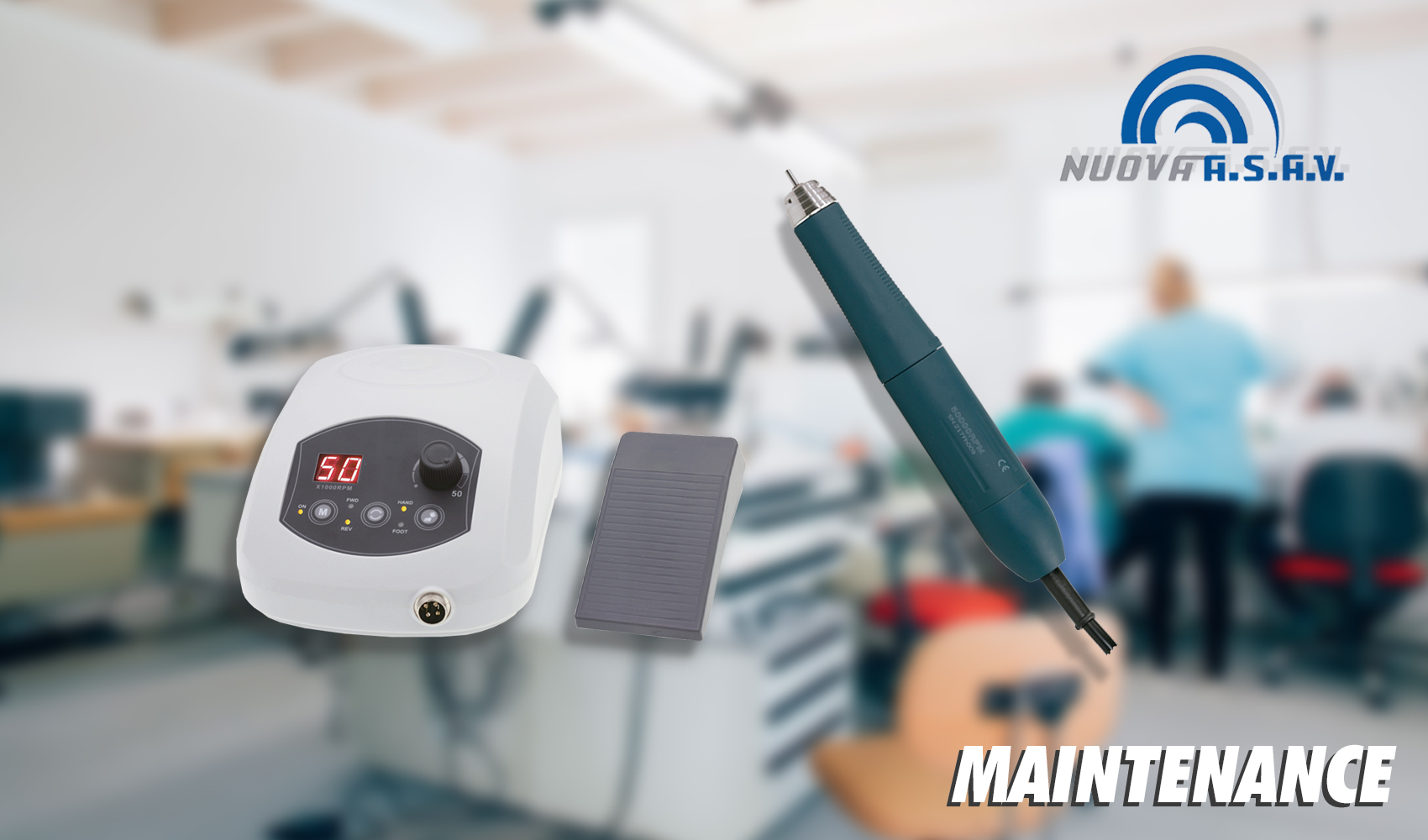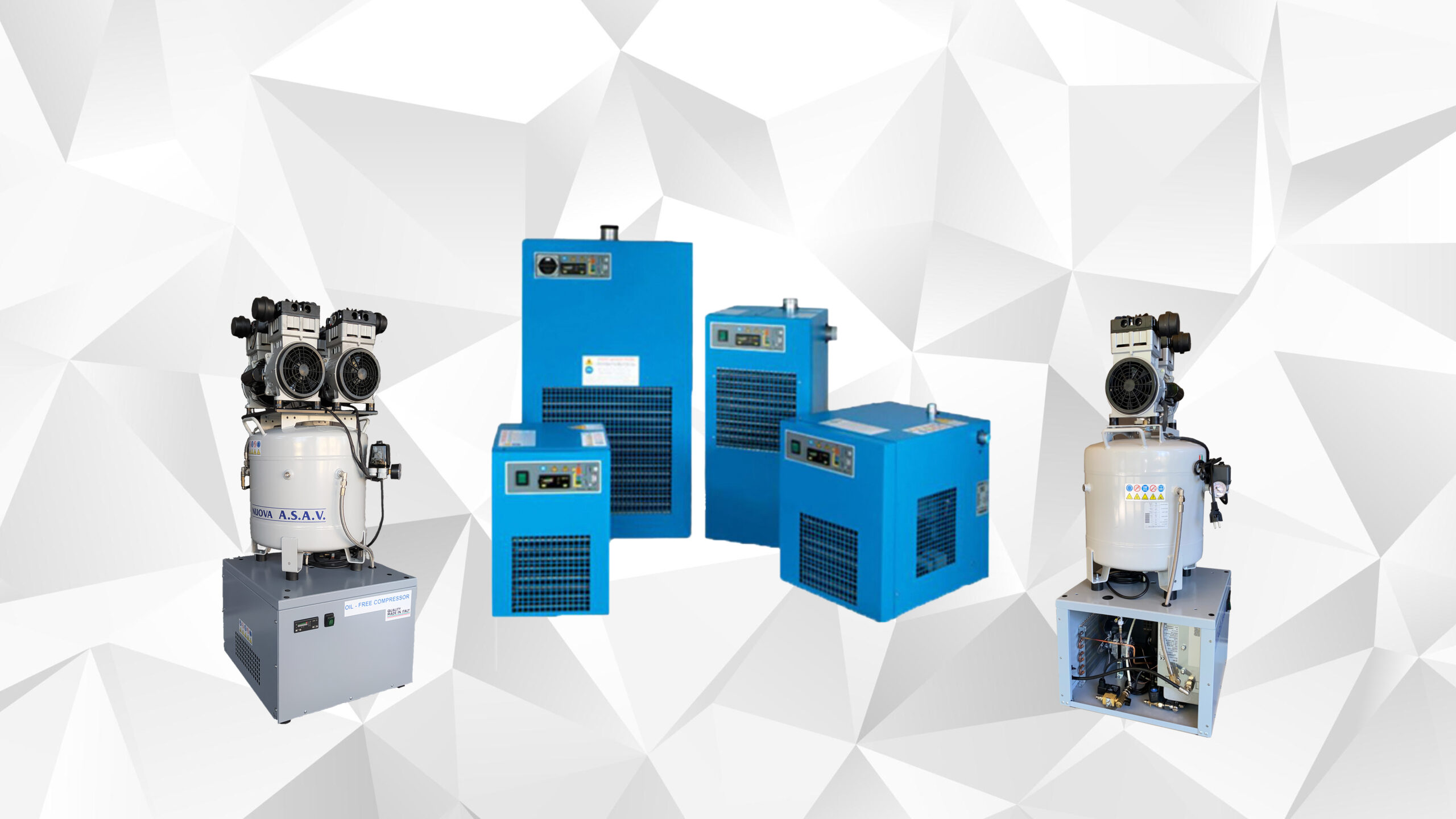Remember to carry out all control or maintenance operations with the appliance’s socket unplugged. Here are a few simple and practical tips for doing some maintenance on your laboratory micromotor. Obviously these tips will not make your equipment ‘eternal’ but they will help you keep it in a correct mechanical state which will also benefit your safety.
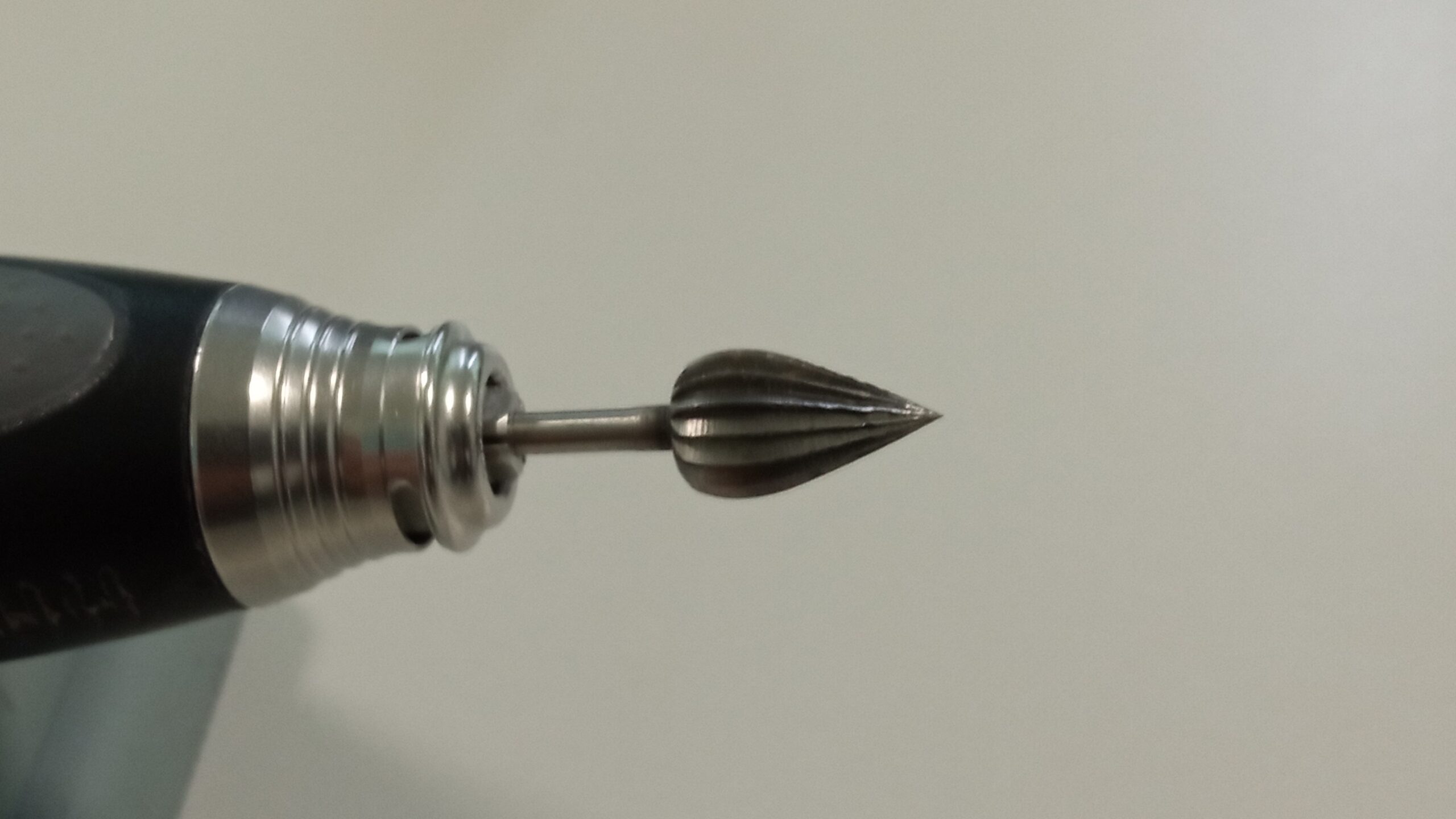
-
- Never mount large-diameter cutters unless absolutely necessary and with all precautions: use low RPM and apply low stress.
- Insert the cutter into the collet as far as it will go.
- Do not blow high pressure air, sprays, solvents etc. onto the handpiece
- Do not pull the feed cord of the handpiece.
- Never wet your handpiece.
Instead, the operations that should be done at least once a month on our handpiece are as follows:
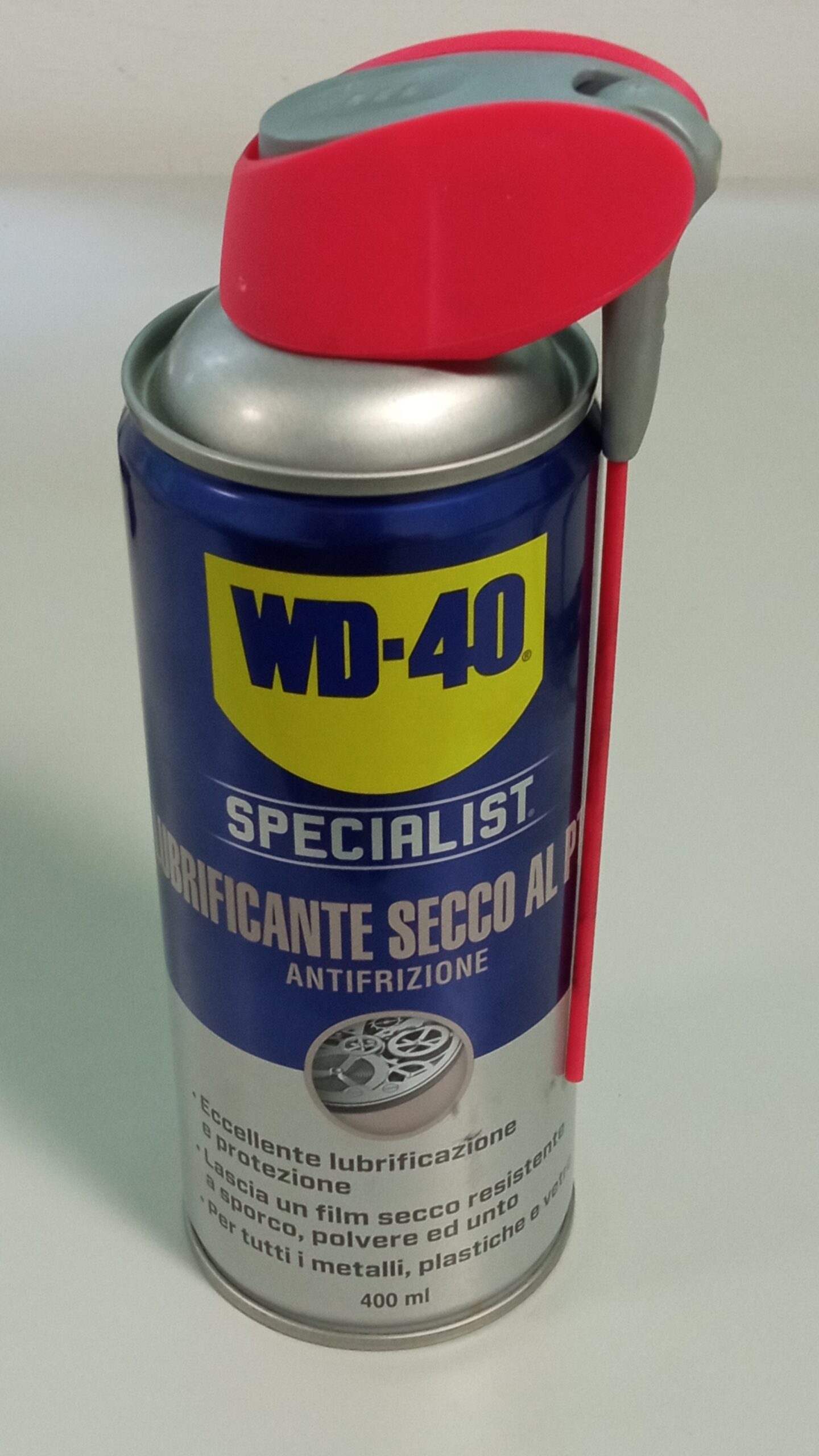
Cleaning and lubricating the collet
pen the collet and remove the cutter, then blow gently at very low pressure in the direction of the hole for a few moments, then insert a small amount of Teflon lubricant into the collet, then open and close it 4-5 times, then reinsert the cutter.
ATTENZIONE: nel caso si lasciasse inutilizzato il manipolo per tempi lunghi lasciare montata una fresa o inserire la spinetta di controllo per mantenere in tensione la pinza. Mai lasciare la pinza serrata senza fresa.
Micromotor brushes
Micromotor brushes wear out with use, check their length and integrity, below 2 mm in length it is advisable to replace them.
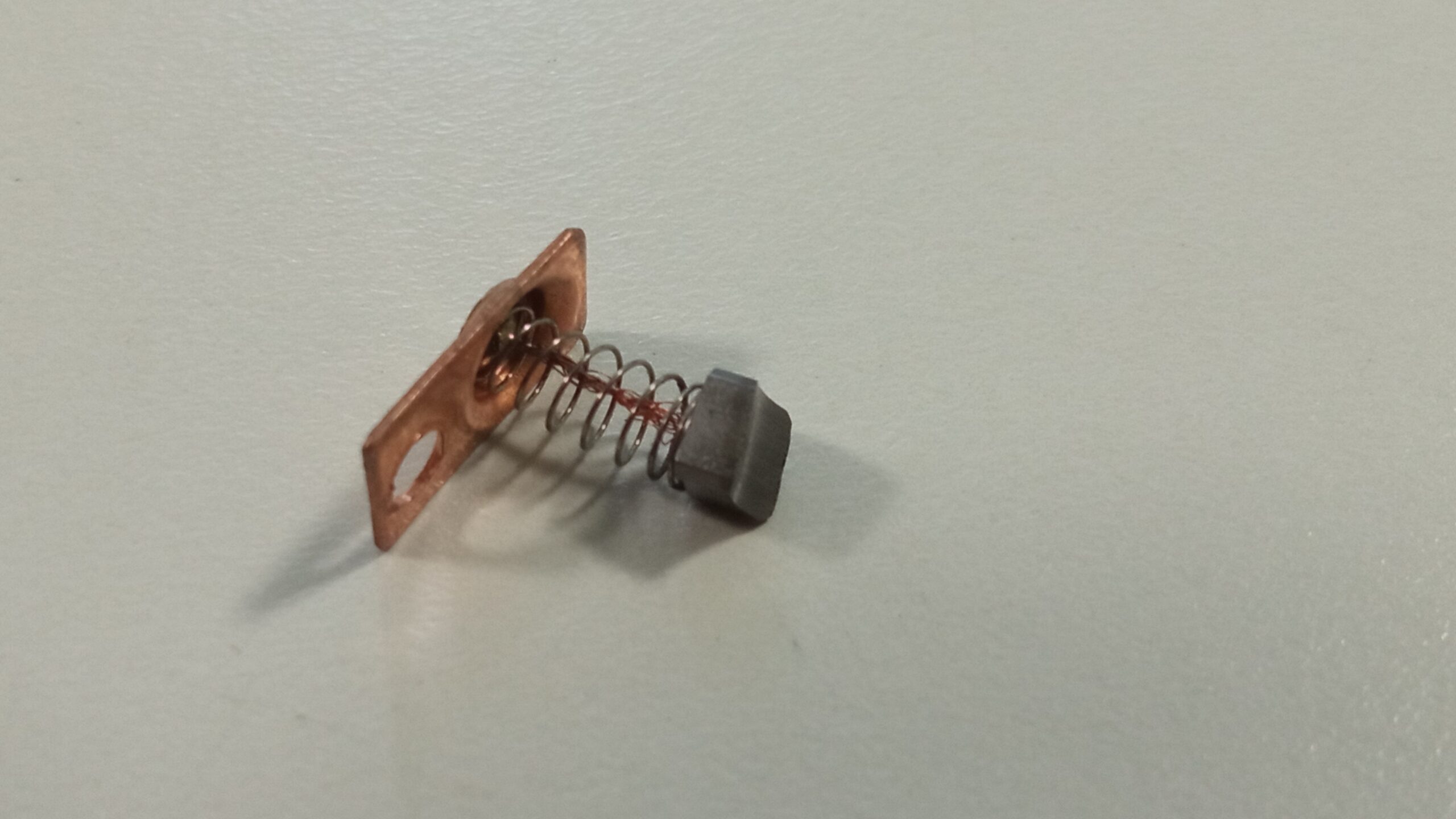
Induction micromotors.
Not having brushes does not require their control.
Handpiece cable check.
Visually check the cable for cracks, crushing or partial fusion.
CAUTION: The most common malfunctions found on handpieces are as follows:
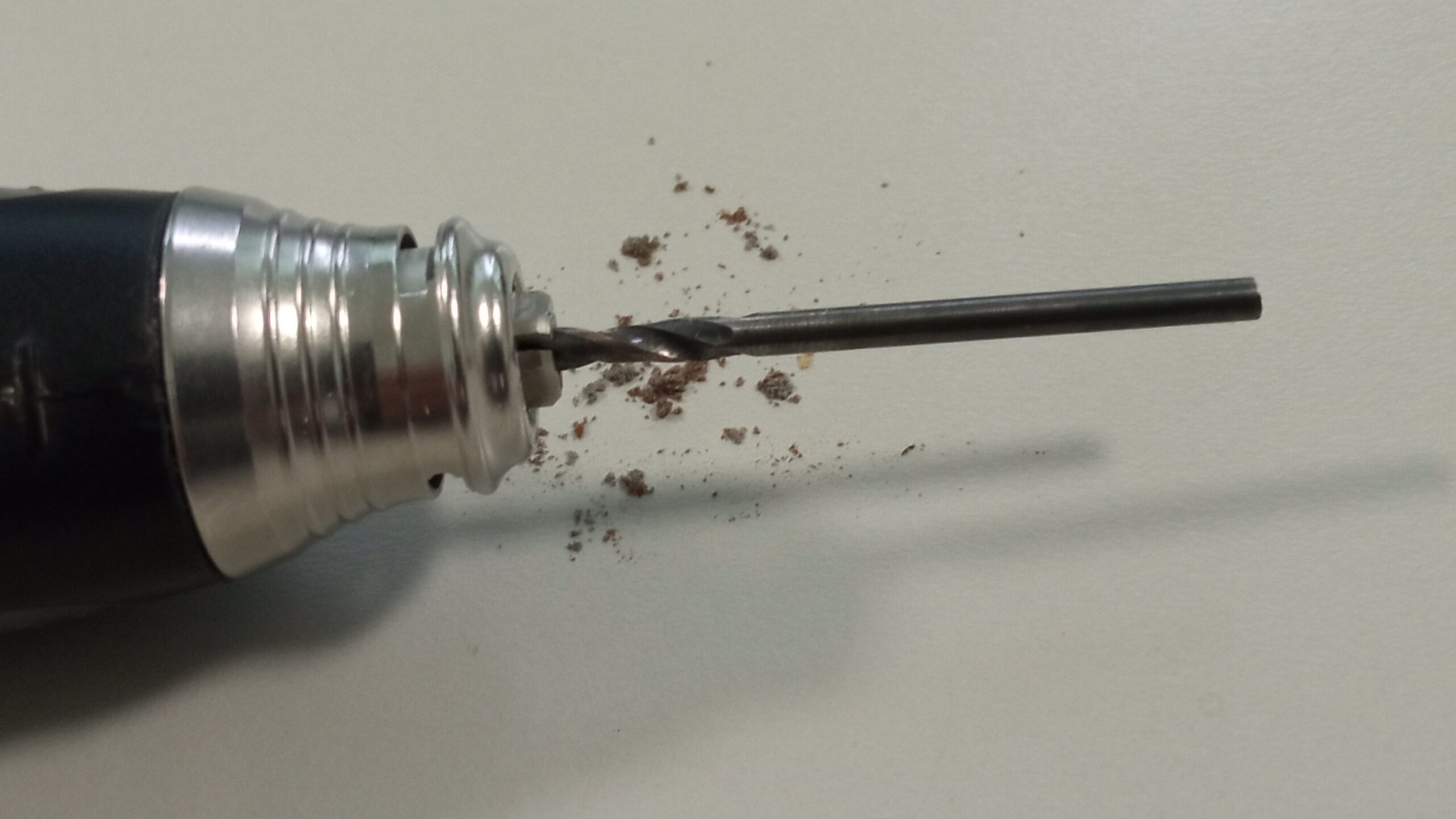
– Plaster clogged collet.
This is a very common problem due to plaster settling on the bottom of the collet and making it thicker, preventing the cutter from being fitted correctly. The correct action would be to disassemble the collet and clean it thoroughly and then reassemble it. When you are unable to disassemble it, you can attempt to partially clean it using a 2 mm drill bit with which to remove the deposited debris.
– Interrupted cable.
You can easily tell this by the intermittent running of the motor, which sometimes stops and then starts up again:
The cable must be replaced.
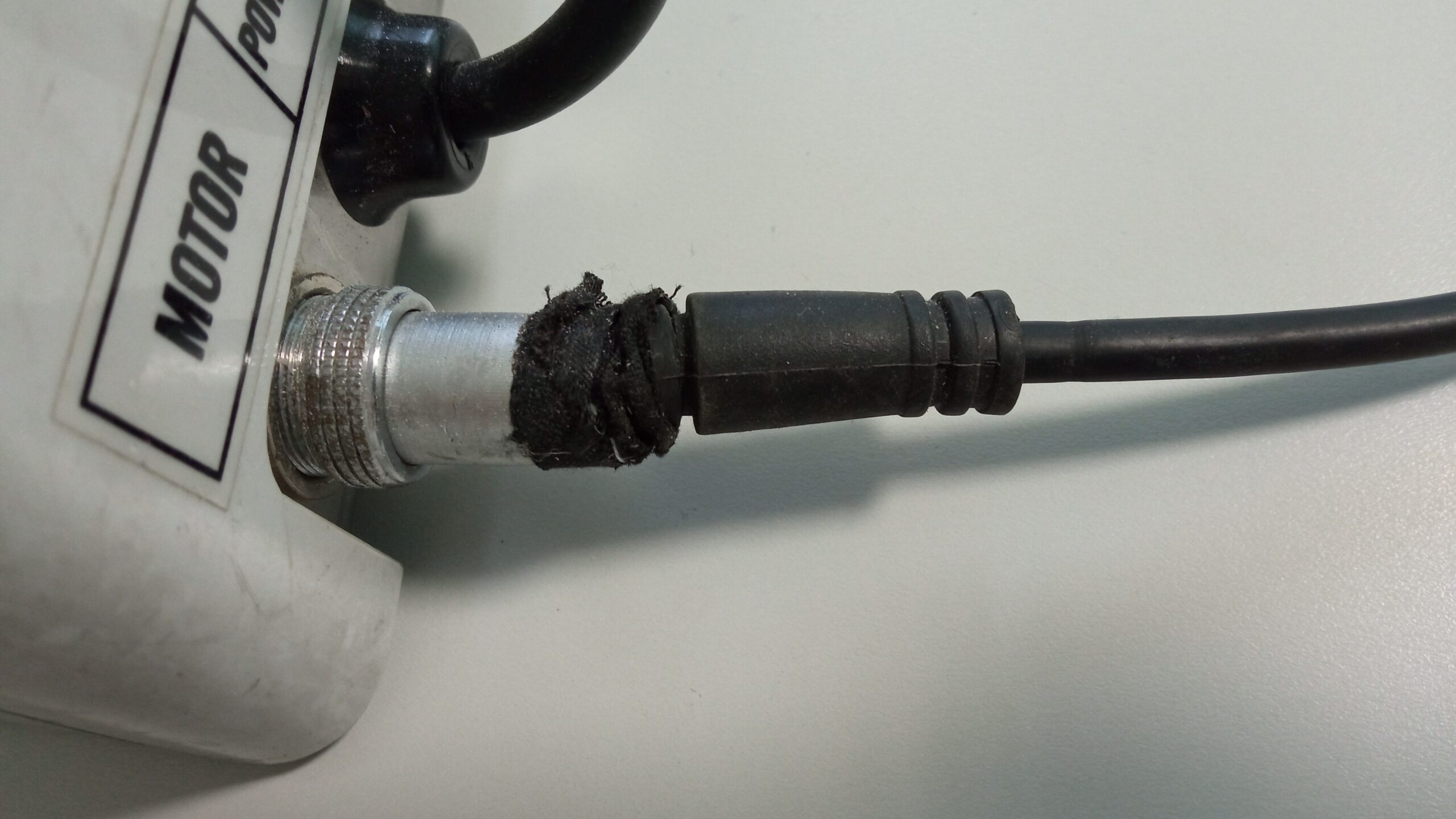
– Noisy bearings
This is a typical sign of worn bearings that ‘scuff’. They should be replaced by a service centre.
– Excessive heating of the handpiece
Often occurs at the front, another sign of bearing wear.
Again, this must be replaced by a service centre.
– The cutter comes loose during work
This defect can be attributed to a dirty (as explained above) or damaged collet and should be checked by a service centre. It rarely happens that the cutter only needs to be adjusted because it has become loose through use.
In order to find out, you can do a very simple test. With the collet closed, pull the cutter outwards by hand to remove it. If the collet works well, the cutter will remain locked, vice versa if you can pull it out, it means that an overhaul is necessary.


